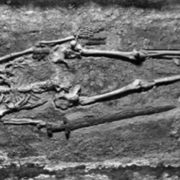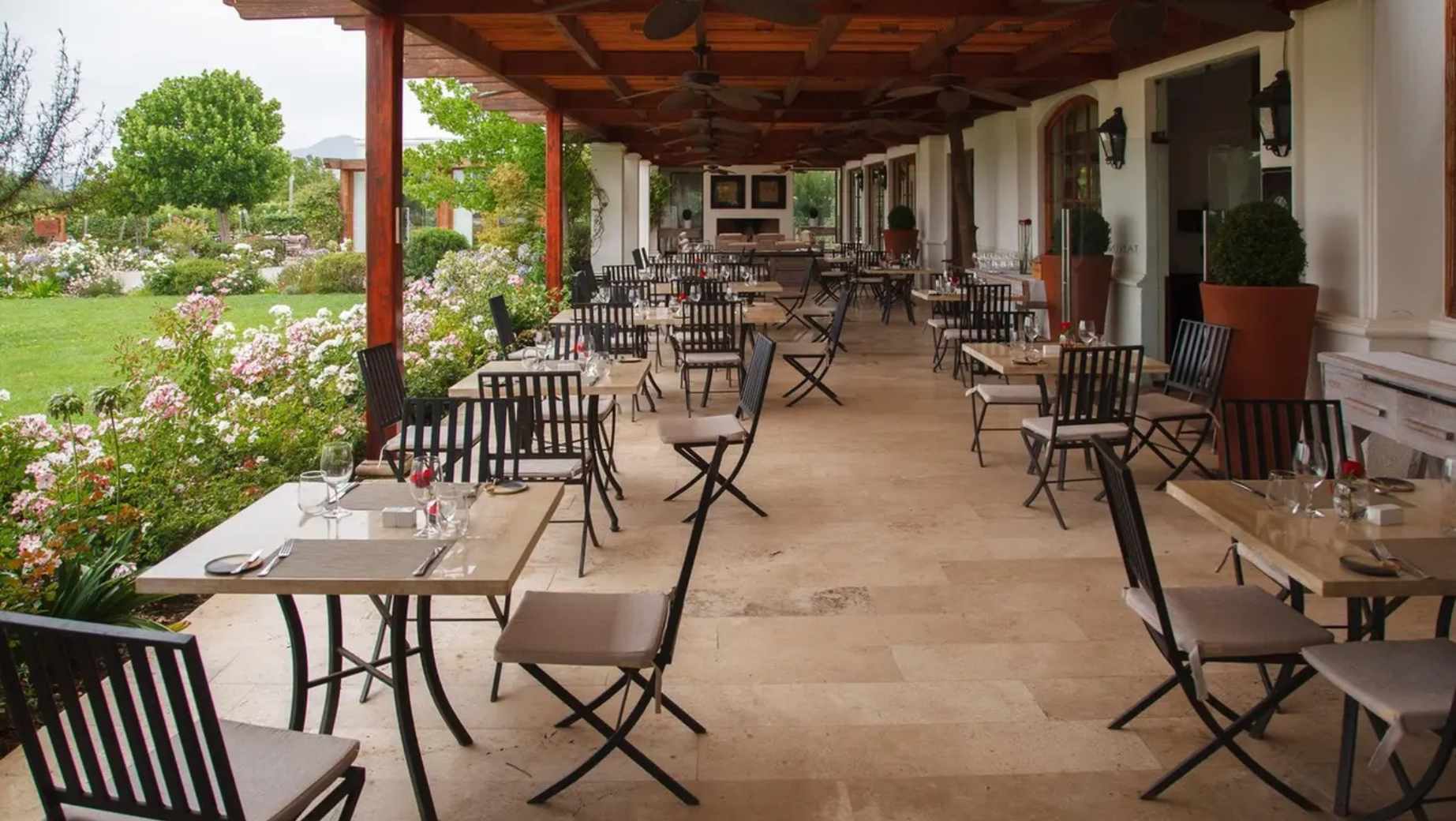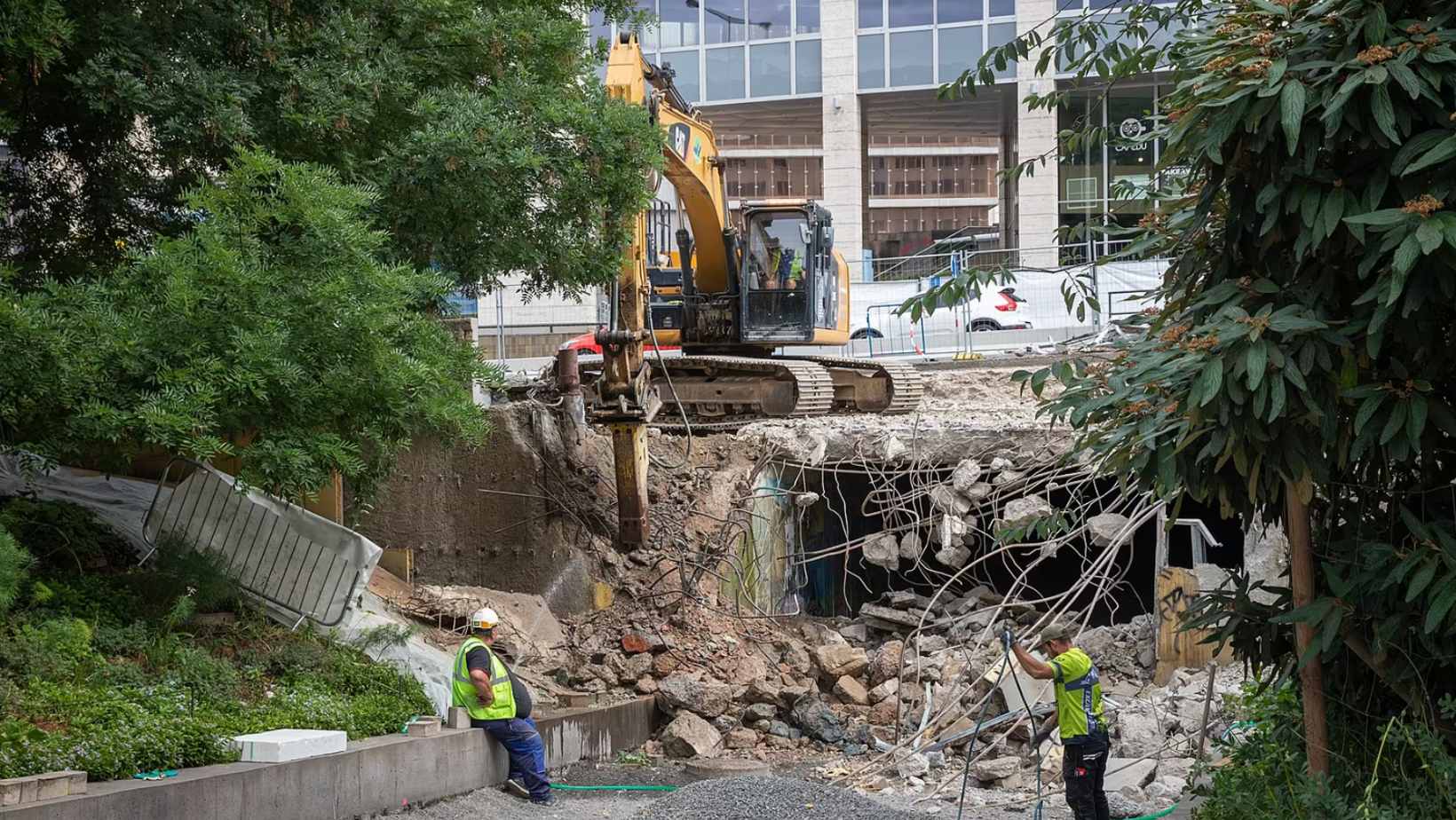Used as a propaganda tool by the Nazis and Soviets during the Second World War and Cold War, the remains of a 10th-century male, unearthed beneath Prague Castle in 1928, have been the subject of continued debate and archaeological manipulation.
The mysterious skeleton and associated grave goods, including a sword and two knives, were identified as Viking by the Nazis, as a Slavonic warrior by the Soviets and became part of the Czech independence movement in more recent years.
The remains were discovered under the courtyard of Prague Castle in July 1928 as part of an excavation project by the National Museum of the newly established Czechoslovakia to discover the earliest phases of the castle.
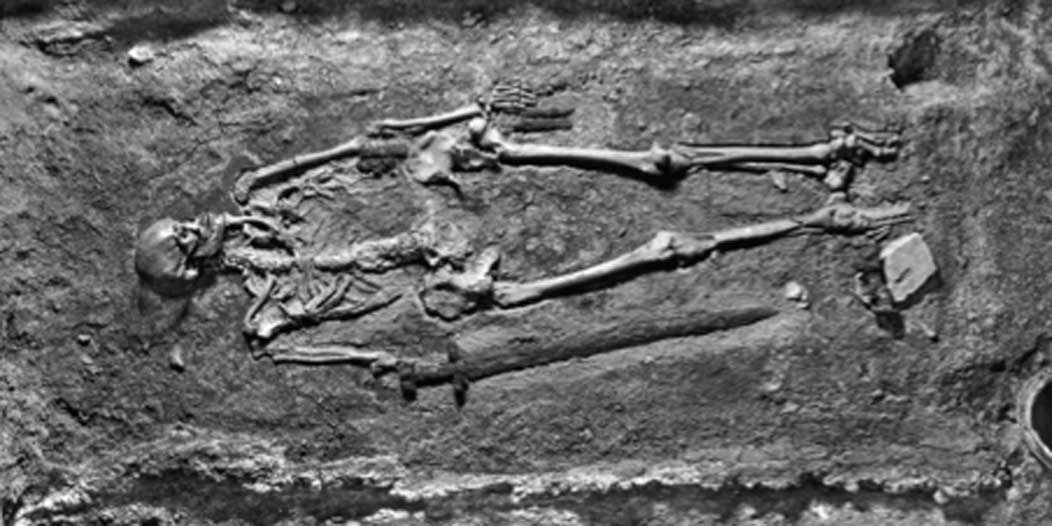
Photo: Antiquity Journal
The body was located on the edge of an old burial ground from when a hill fort was built on the site, likely dating to AD 800–950/1000.
It was discovered by Ivan Borkovský, a Ukrainian who fought for both the Austro-Hungarians and the Russians in the early 20th century, before escaping to Czechoslovakia in 1920 but he did not immediately publicize or publish anything about the remains or the artifacts.
Under the Nazi regime, the remains became “proof” for the Germanic, rather than Slavic, origin of Prague Castle.
When Borkovský published a book identifying the oldest Slavic pottery in central Europe, the Nazi’s condemned the text and he was forced to withdraw it under threat of imprisonment in a concentration camp. When he published the Prague Castle remains a year later, it was overt in its “Nazi-influenced Nordic interpretation.”
After the war, Czechoslovakia was occupied by the Soviets and in 1945, Borkovský narrowly escaped being sent to a Siberian Gulag because of former anti-Communist activities.
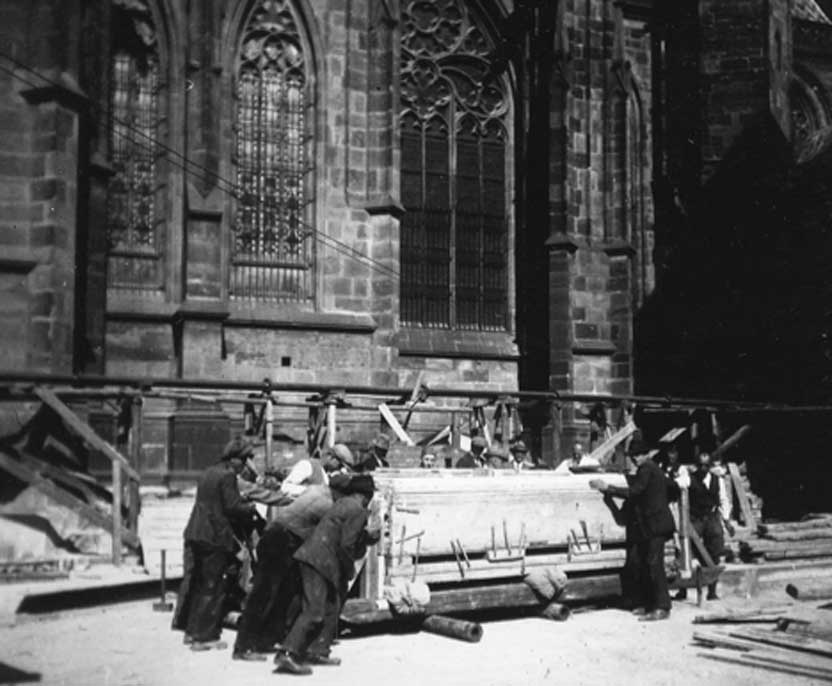
Moving the burial block of the grave of the warrior skeleton to the Prague Castle storerooms in 1928. (Cambridge Core / Fair Use )
He explained that he had been forced into the pro-Nazi interpretation of the remains and published a second article in 1946 which interpreted the burial “as that of an important person who was related to the early Western Slav Przemyslid dynasty.”
Lead author Professor Nicholas Saunders, from Bristol’s Department of Anthropology and Archaeology, said: “A number of studies have recently begun to re-interpret the remains and ours provides a new analysis.
“The goods found with the remains are a mix of foreign (non-Czech) items, such as the sword, ax and fire striker (a common piece of Viking equipment), and domestic objects, such as the bucket and the knives.
“The sword is especially unique as it is the only one discovered in 1,500 early medieval graves so far found in Prague Castle.
“Perhaps he was a Slav from a neighboring region, who had mastered Old Norse as well as Slavonic, or perhaps he regarded himself as a genuine Viking”
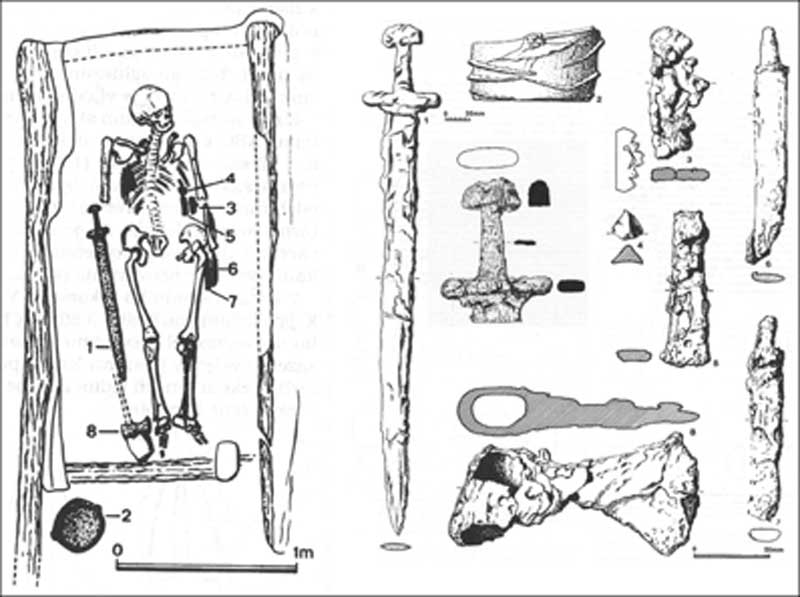
The warrior skeleton grave included a sword, a bucket, fire-steel, flint, a razor, knives, and an axe. (Cambridge Core / Fair Use )
-
NEWSLETTER
Subscribe for our daily news





